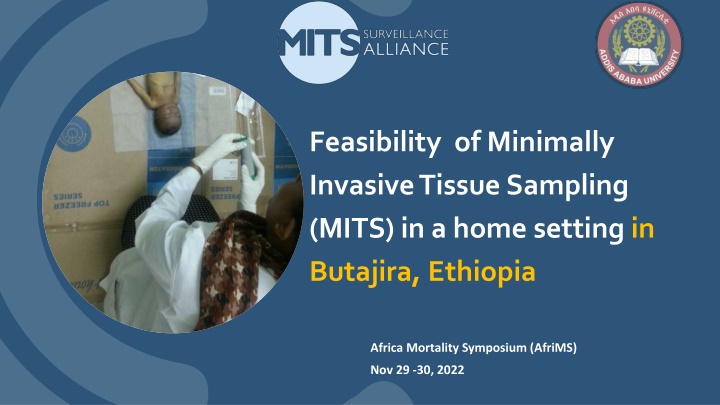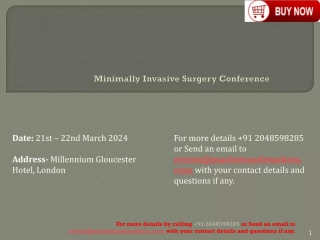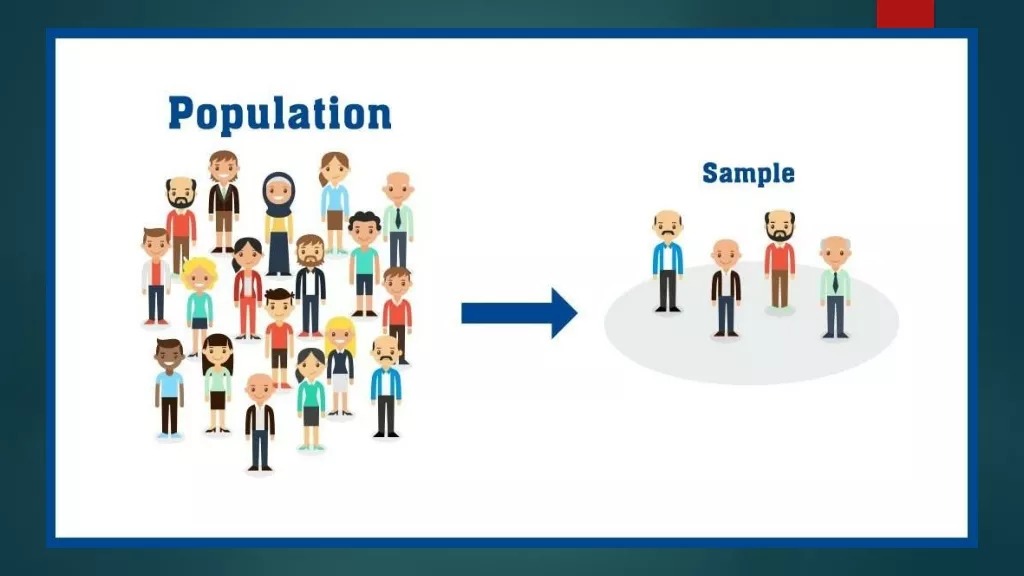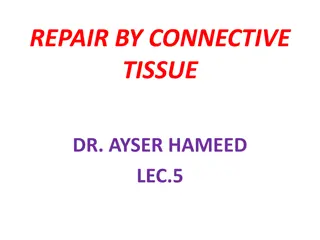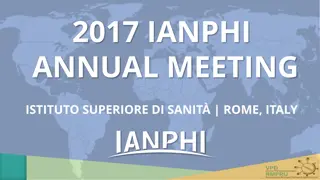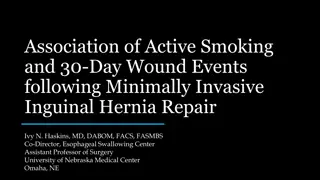Feasibility of Minimally Invasive Tissue Sampling (MITS) in Home Setting in Butajira, Ethiopia at Africa Mortality Symposium
Neonatal mortality and stillbirth rates are significant in Ethiopia, highlighting the need for effective strategies like Minimally Invasive Tissue Sampling (MITS). This study aims to assess the feasibility of implementing MITS in home settings in Butajira through a detailed analysis of objectives, methods, and preliminary results. The research emphasizes the potential impact of conducting MITS in capturing representative samples of home deaths, ultimately contributing to improved understanding and prevention of neonatal deaths and stillbirths in the region.
Download Presentation

Please find below an Image/Link to download the presentation.
The content on the website is provided AS IS for your information and personal use only. It may not be sold, licensed, or shared on other websites without obtaining consent from the author.If you encounter any issues during the download, it is possible that the publisher has removed the file from their server.
You are allowed to download the files provided on this website for personal or commercial use, subject to the condition that they are used lawfully. All files are the property of their respective owners.
The content on the website is provided AS IS for your information and personal use only. It may not be sold, licensed, or shared on other websites without obtaining consent from the author.
E N D
Presentation Transcript
Feasibility of Minimally Invasive Tissue Sampling (MITS) in a home setting in Butajira, Ethiopia Africa Mortality Symposium (AfriMS) Nov 29 -30, 2022
Outline Introduction Objectives Methods Results and discussion 2
Introduction Neonatal Mortality & still birth Three-quarter deaths first week Highest risk of death - first day of life ~ 2 million stillbirth in 2019 Stillbirth rates around the globe ranged from 1.4 to 32.2 per 1,000 total births in 2019 Ethiopia Highest neonatal mortality 37.9 deaths per 1000 live births in 2008* 29 deaths per 1,000 birth ** Stillbirth rate of 24.6 per 1000 live births One of the six countries that contribute to 1 million stillbirths across the globe 38% of global neonatal death Stillbirth rate of 21.7 per 1,000 total births* *UN inter-agency group for child mortality (UN IGME) estimates ** EDHS 2016 Seven times higher than the lowest regional rate of 3.1
Intro(2) MITS implementation CHAMPS - Health facility setting is promising Place of death in LMICS: 60-70 % at home Only capture 15 - 20 % of deaths that occur at home Accurate picture of the causal distribution capturing a representative sample of home deaths is fundamental
Objective The objective of this study is to assess the feasibility of conducting MITS in the home setting 5
Methods Setting Butajira HDSS Design: Open- Cohort Gurage Zone, SNNPR, Ethioipa Meskan, Silti and Mareko districts (9 rural, 1 urban) Surveillance 4 Rounds of data collection Total popn: 56,781 in 2021 Census on 10 Additional kebeles Target population 140, 000 6
Methods(2) Procedures HDSS field coordinator s Clinical Team (Nurses) from Hospital Community orientation Community Health Agents RE Notification MITS Preparation Tissue sampling 7
Results Characteristics Frequency (n) December 8, 2021 August 15, 2022 Availability of window Yes 12 No 2 Material on which MITS was performed 21 notifications Table 3 Chair 3 2 not feasible night time Matted floor 8 1 late notification (> 24 hrs.) Age of the mother Median (IQR) 32 (17) ANC attendance for index pregnancy 4 refused 1 visit 0 2 visits 4 3 visits 7 14 consented 4 visits 3 8
Results (2) Characteristics Age groups Frequencies (n=14) MITS case description Still birth 8 2 3 1 Death In the first 24hrs Notification to specimen collection Early neonate (1 to 6 days) Late neonate (7 to 28 days) All with in 24 hours Sex Male 6 8 MITs with in 1 hr. of notification for 11 cases Female Time from death to Notification 24 hrs 14 > 24 hrs 33 minutes Specimen collection Time from notification to MITS procedure > 30 minutes 1 hr 11 1 2 > hr 2 hrs > 2 hrs Time taken for MITS procedure (in minutes) Mean (SD) 33.3 (5.72) 9
Discussion Consent MITS in a home setting is readily accepted Rate of notification Compared to the expected number of deaths at home, notified cases are relatively low Proportion of home deaths accounts about 53 % even in HDSS (Paganelli CR et al 202, Price J et al 2019) 10
Discussion (2) Feasibility MITS within 24 hours of receiving case notification Indicative of feasibility of MITS implementation at home Without the need to transport the body to the health facility Systematic surveillance of death and timely notification Approaching families through staffs of HDSSs may have improved acceptability Rigorous studies are warranted with larger number of cases and various settings 11
Discussion (3) Challenges: Certainty on actual number of cases Outside of HDSS (surveillance) Need to carry out tissue sampling in short time Sample quality Need to bury the body soon Interference by uncounseled relatives small size of households Family discomfort due to the high pitch clicking sound of the syringe 12
Conclusion Conducting MITs procedures in a home setting is adequately feasible The number of notified deaths is small, compared to estimated death Impedance on the feasibility of MITS outside HDSS settings 13
THANK YOU! Photo credit @abonthestreet
